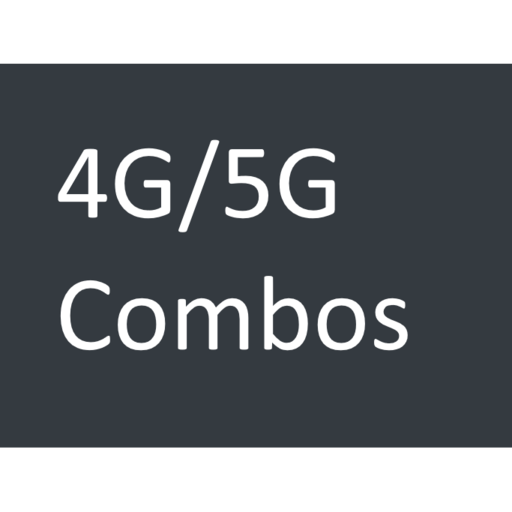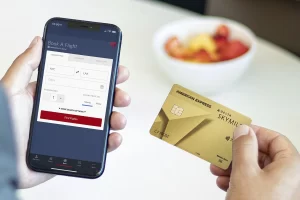However I did have a very important use case that is a little different but may be useful to someone in a similar circumstance. I work remotely and have a windows laptop issued by my US company. There is VPN software on it that I need to login to in order to access certain Databases, servers, etc. While I could access some of these using my cable fiber PLDT internet here in my condo, there were other apps like Mircrosoft Teams/Outlook that wouldn’t work.
Now I happen to have a cell phone with a US sim card. Instead of using the local PLDT internet connection, I used my cell phone as a hotspot and was able to use all the apps/access on my work laptop.
I checked with Speedtest.net and it saw my connection as a US based device.
Is this expensive? Yes, it’s an AT&T sim card and the international plan is $10/day usd. However, after you pay for the first 10 days in a monthly billing cycle, the rest of the days are free. So monthly it’s an extra $100 ontop of my $75/month plan.
Is the connection slower than PLDT? Yes, much much slower. However I did some research and found that each cell phone model has different flavors that are tailored to certain countries/geographical locations and I noticed my iPhone was a US version that didn’t support the primary frequency band of the Philippines. It would still work, but on lower bands.
Here is a link to the primary bands used in the Philippines.
Not only did my US iPhone not support some of the primary Phil 5G/4G bands. Also the antenna on the phone was poorly rated. Not all phones have good antennas so I needed to find a device with a highly rated antenna first. I settled on the Samsung S20 FE 5G model. There are many different country flavors of that phone so I found the one that supported the Philippines frequency bands. Here is a link to that information

4G & 5G Bands, Carrier Aggregation and Dual Connectivity Combinations for Samsung Galaxy S20 FE 5G (Global) (SM-G781B)
Finally I had to make sure that international version of the S20 FE 5G phone was supported on the AT&T network and it was. That information could be found here.
https://www.att.com/idpassets/images/support/pdf/Devices-Working-on-ATT-Network.pdf
After all that, the next step was to purchase the phone and that wasn’t easy. I found a “new’ one on Ebay. Not sure if it’s really new, but it looked and worked great.
Now, I couldn’t for some reason make that phone into a wireless hotspot but I was able to tether it via USB to my laptop and have it show up as an “Ethernet” connection. Worked great in the US and also works great here in the Philippines! And the speed is so much faster! and the Speedtest.net shows it as US based device because of the US sim card so I can access everything for work.
Another advantage of using the cell phones data is that I should be able to enjoy around the same level of connectivity performance anywhere so long as there is 5G support in that area. If the beach hotel’s wifi sucks it won’t impact my work connection.
So the TLDR is:
* You can also use tethering of your cellphone with US sim card to make your device appear as if it’s in the US.
* And if you want the best cellphone data speed, make sure your phone supports the primarily used frequency bands of the country you’ll be using it in and also the US network the sim card will be tied to.
I didn’t know any of this at all until I had a “Need for Speed”.
Discover more from Slow Travel News
Subscribe to get the latest posts sent to your email.



